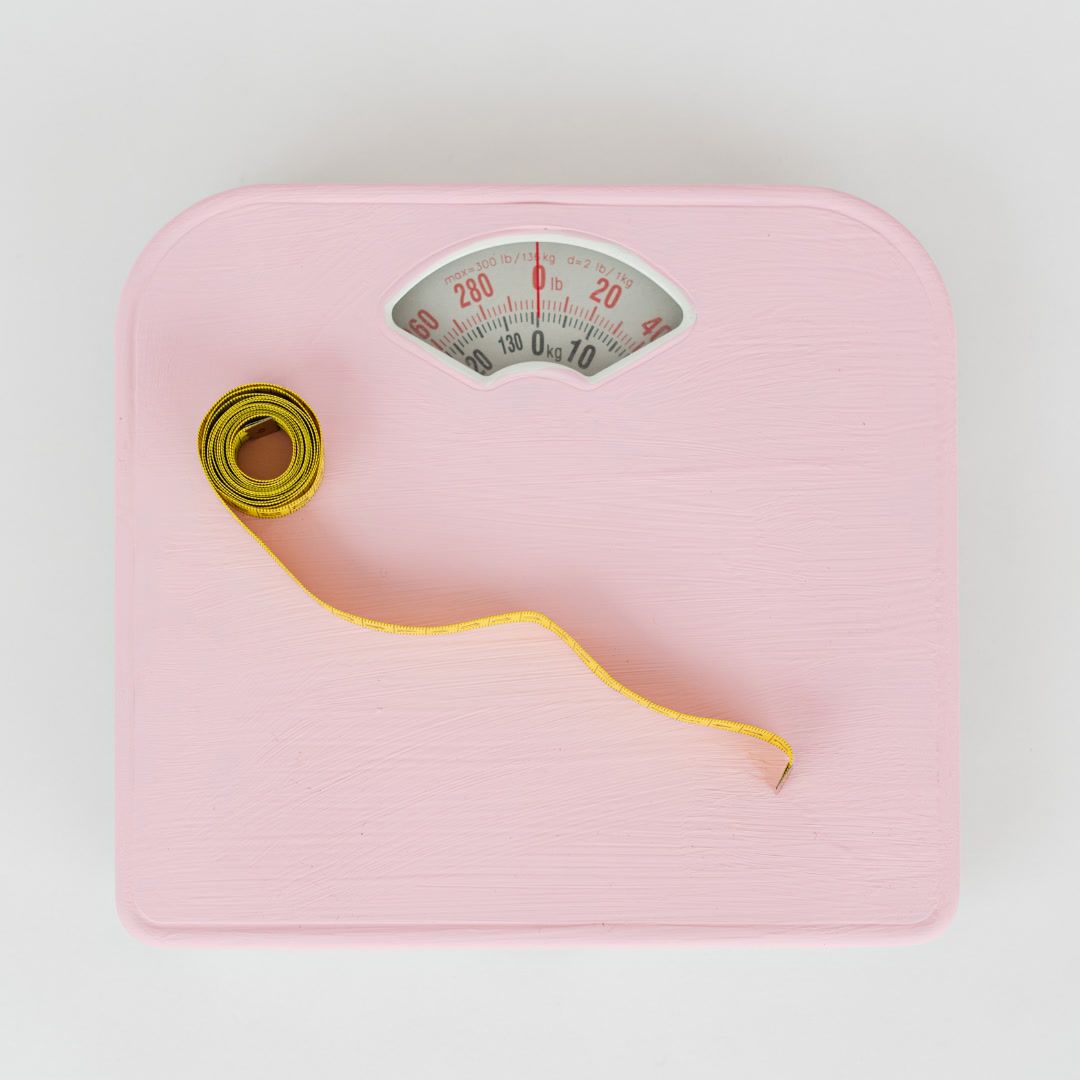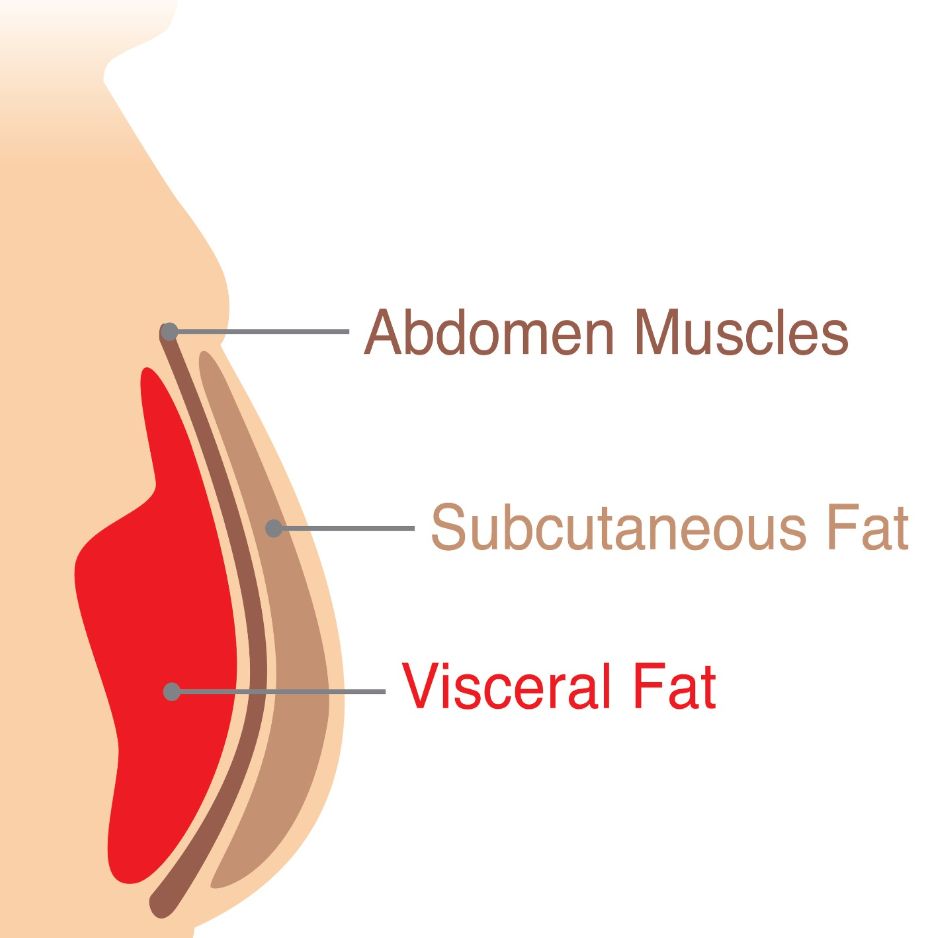Hyperbaric Oxygen Therapy: Uses, Benefits & Risks

Hyperbaric Oxygen Therapy: Uses, Benefits & Risks
Hyperbaric oxygen therapy (HBOT) is a medical treatment in which you breathe 100% oxygen while lying inside a pressurized chamber—typically 1.5–3 times normal atmospheric pressure—accelerating a cascade of oxygen-driven healing processes.
What Is HBOT and When Is It Used?
HBOT floods your bloodstream with extra-dense oxygen that reaches tissues starved for it. Doctors most often prescribe the therapy for:
- Chronic non-healing wounds such as diabetic foot ulcers
- Decompression sickness (“the bends”) and other diving-related gas bubbles
- Carbon monoxide poisoning and smoke inhalation injuries
- Radiation tissue damage months or years after cancer treatment
- Crush injuries & skin grafts that need a boost in blood supply
These scenarios align with the 14 FDA-approved indications and represent the primary conditions for which HBOT is typically covered by insurance.
Quick Facts Snapshot
| Key Point | Details |
|---|---|
| Typical Pressure | 1.5–3.0 ATA (atmospheres absolute) |
| Session Length | 60–120 minutes |
| Course of Treatment | 30–40 sessions for chronic wounds; 1–10 for acute issues like decompression sickness |
| FDA-Approved Indications | 14 total, including diabetic foot ulcers, gas embolism, carbon monoxide poisoning |
| Common Side Effects | Ear barotrauma, sinus pressure, temporary vision changes |
| Cost Range | Est. $200–$1,250 per session; insurance coverage varies |
How Hyperbaric Oxygen Therapy Works
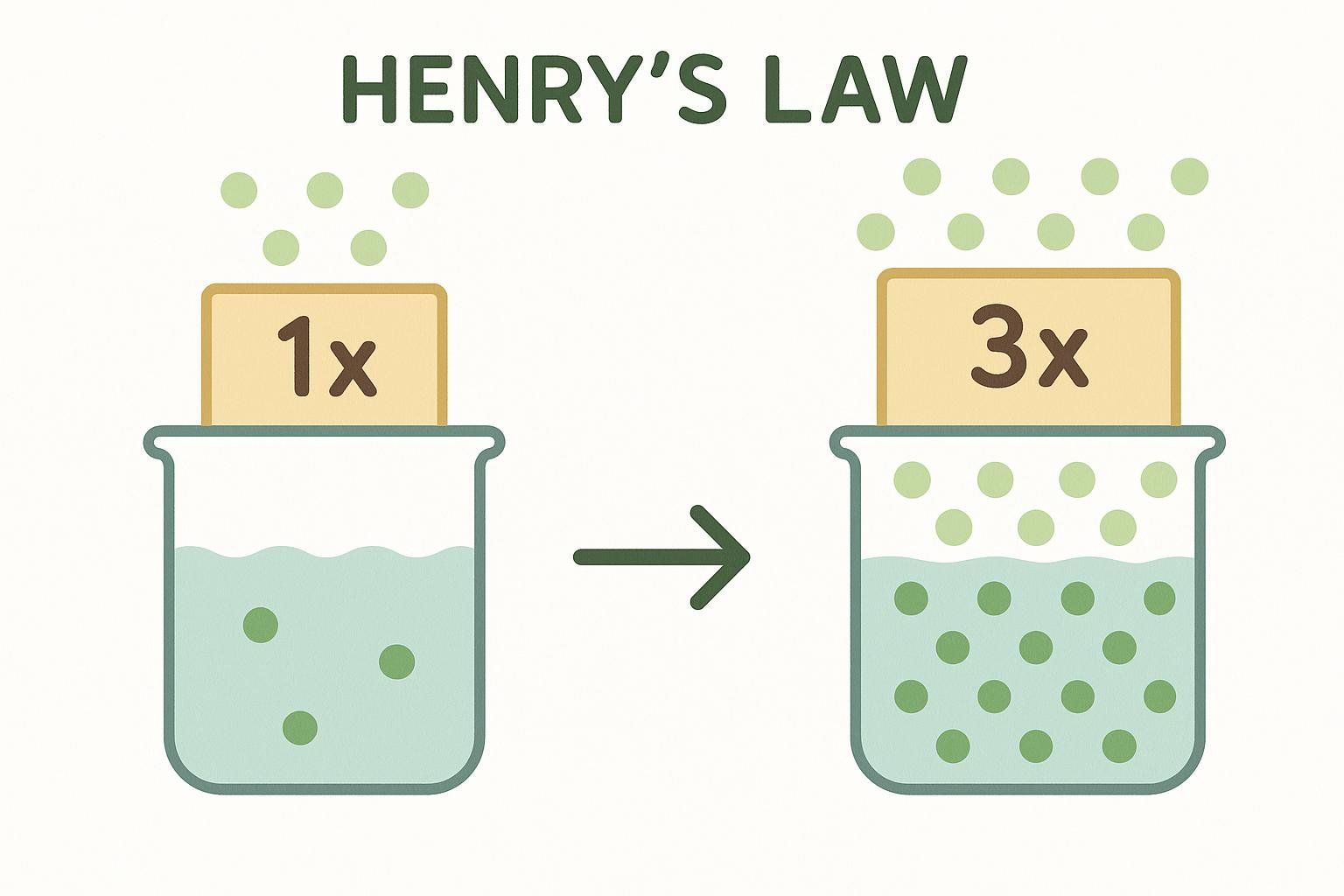
The Science in Plain English
Inside the chamber, increased pressure allows your blood plasma to absorb significantly more oxygen than is possible at normal air pressure—a principle known as Henry’s Law.
That extra oxygen:
- Enhances wound healing by stimulating new blood-vessel formation (angiogenesis) and collagen production.
- Combats certain infections by boosting white-blood-cell activity and creating oxygen-rich environments that are hostile to anaerobic bacteria.
- Reduces gas bubbles in conditions like decompression sickness and arterial gas embolism.
The Mayo Clinic overview of HBOT explains that this pressurized environment gives tissues far more oxygen than they could receive at normal atmospheric pressure, speeding cellular repair.
During the compression phase, patients may feel ear pressure similar to airplane take-off; performing the Valsalva maneuver (gently pinching the nose closed and blowing out) helps equalize and reduce discomfort.
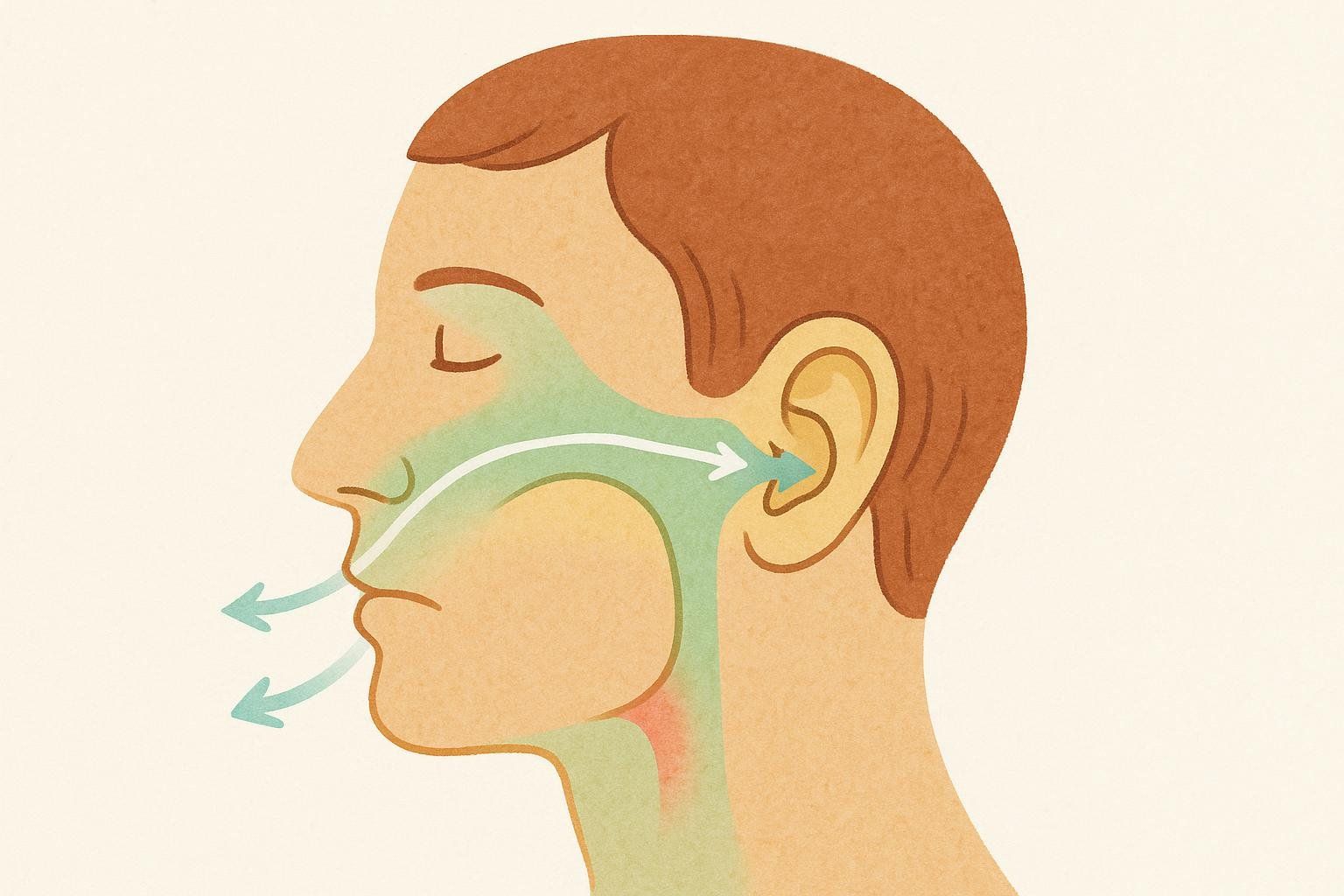
Chamber Types
- Monoplace – A clear acrylic tube for one person; pressurized with 100% oxygen.
- Multiplace – A room-sized steel chamber that seats several people; pressurized with compressed air while patients breathe oxygen via masks or hoods.
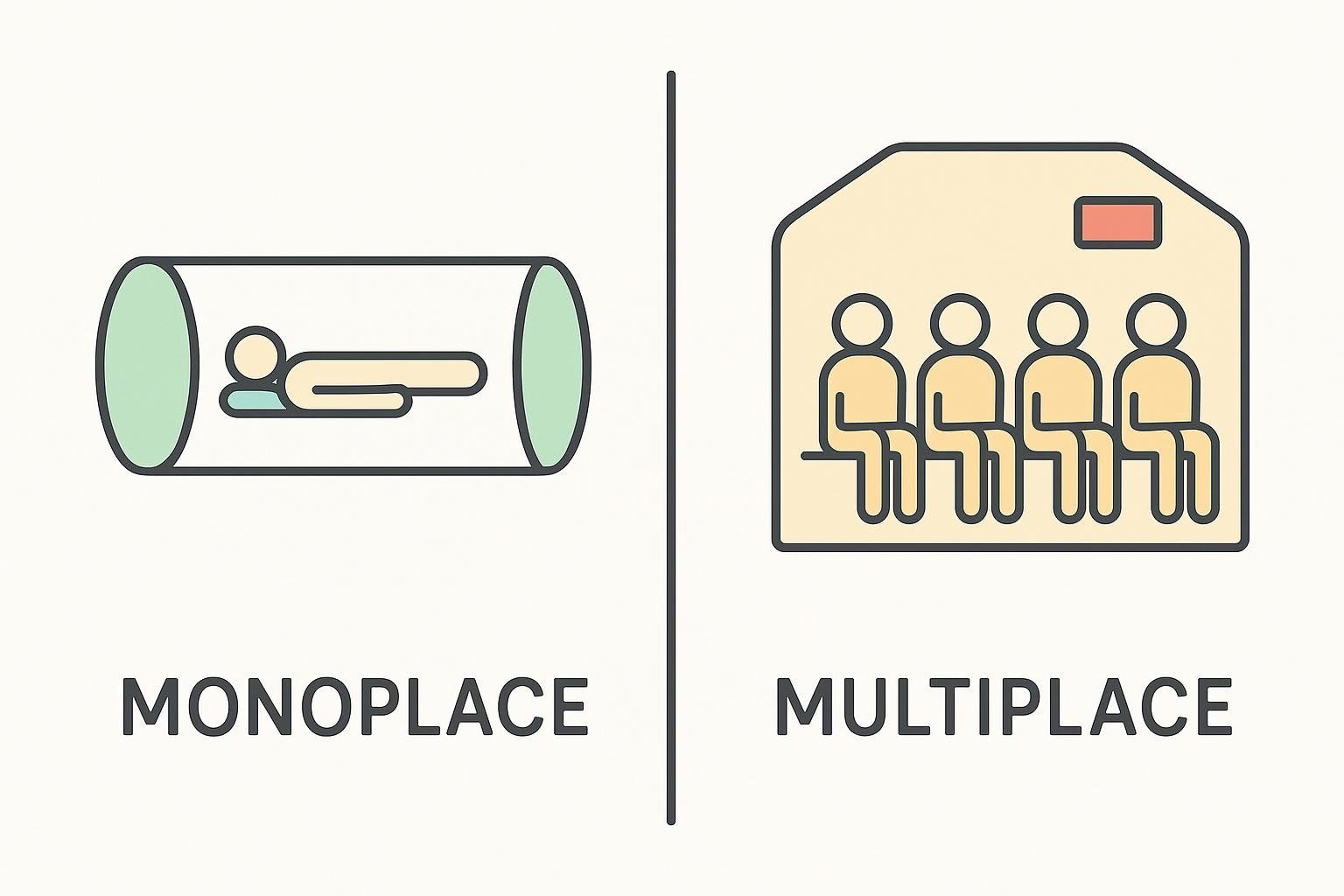
Both achieve the same therapeutic goal, but multiplace chambers can treat patients who need close monitoring or mechanical ventilation.
FDA-Approved Conditions Treated With HBOT
According to the U.S. Food & Drug Administration, the following 14 conditions are eligible for HBOT reimbursement:

- Actinomycosis (refractory)
- Acute thermal burns
- Air or gas embolism
- Carbon monoxide poisoning
- Chronic refractory osteomyelitis
- Compromised skin grafts & flaps
- Crush injury & acute traumatic ischemia
- Decompression sickness
- Diabetic foot ulcers (Wagner grade III+)
- Idiopathic sudden sensorineural hearing loss
- Intracranial abscess
- Radiation tissue injury (e.g., osteoradionecrosis)
- Severe anemia (exceptional blood loss) when transfusion isn’t possible
Emerging & Investigational Uses
A 2021 narrative review in Medical Gas Research summarized early clinical trials and highlighted promising but preliminary off-label applications of HBOT, including:
- Long-COVID recovery
- Sports-related soft-tissue injuries
- Post-concussion syndrome
- Fibromyalgia and chronic pain disorders
- Traumatic brain injury
Insurance generally does not cover these investigational indications.
Who Should Avoid HBOT? Contraindications & Risks
A clinical overview on StatPearls outlines the following contraindications:
Absolute Contraindications
- Untreated pneumothorax (collapsed lung)
- Recent retinal or intraocular gas injection (unless life-saving HBOT is required)
Relative Contraindications
- COPD with air trapping or bullous disease
- Recent bleomycin or doxorubicin chemotherapy
- Uncontrolled high fever
- Active upper-respiratory or sinus infection
- Seizure disorders
- Pregnancy (case-by-case assessment)
- Severe claustrophobia

Common Side Effects
- Ear or sinus barotrauma
- Temporary myopia (“oxygen myopia”)
- Claustrophobia
- Rare: oxygen-toxicity seizures at pressures above 3 ATA; Cleveland Clinic confirms these events are uncommon and usually limited to higher treatment pressures.
What to Expect During a Session
- Pre-Check – A technician reviews your vitals and confirms there are no contraindications.
- Compression Phase (≈10–15 min) – Chamber pressure gradually increases; you’ll feel ear popping similar to airplane take-off.
- Treatment Plateau (≈60–90 min) – Breathe normally, watch a movie, nap, or just relax. Staff monitors you the whole time.
- Decompression Phase (≈10–15 min) – Pressure returns to normal; slow ascent helps avoid barotrauma.
- Post-Check – Quick assessment for ear pain or dizziness.
Multiplace chambers allow a support attendant inside, which can help patients with claustrophobia.
Benefits & Outcomes: What the Research Shows
Diabetic Foot Ulcers
In a 2023 meta-analysis of randomized controlled trials, HBOT produced significantly higher healing rates and lower amputation risk when added to standard wound care.
Decompression Sickness
Johns Hopkins Medicine describes HBOT as the gold-standard first-line treatment, often resolving joint pain, neurologic deficits, and skin rashes with just one or a few sessions when delivered promptly.
Radiation Tissue Injury
A 2020 long-term follow-up study in Radiotherapy and Oncology found that HBOT resolved bladder bleeding (hematuria) in 70% to 92% of patients, particularly when therapy started early.
Cost & Insurance Coverage
| Scenario | Typical Cost | Coverage Notes |
|---|---|---|
| Self-pay outpatient | Est. $200–$1,250 per session (WebMD) | Package pricing may lower per-session cost |
| Medicare-approved indication | 20% coinsurance after deductible | Must meet strict diagnostic criteria (e.g., Wagner grade III ulcer) |
| Commercial insurance | Varies by plan | Pre-authorization usually required |
Preparing for Your First HBOT Session
- Clothing: Wear a 100% cotton gown—synthetic fabrics can spark inside oxygen-rich environments.
- Prohibited Items: Leave lighters, petroleum-based lotions, and electronic devices outside.
- Eat Light: A small snack helps stabilize blood sugar; avoid carbonated drinks beforehand.
- Medication Check: Some chemo drugs increase oxygen-toxicity risk—share your medication list with the HBOT team.
Frequently Asked Questions
How many HBOT sessions will I need?
It depends on your condition. Acute issues like carbon monoxide poisoning may resolve in 1–3 sessions, whereas chronic wounds often need 30–40.
Does HBOT feel claustrophobic?

Most chambers have clear walls and two-way intercoms. If you’re anxious, multiplace chambers or mild sedation can help.
Is HBOT safe for kids?
Yes—pediatric protocols exist for carbon monoxide poisoning and severe anemia, but require specialized centers.
Can I exercise after a session?
Light activity is usually fine, and you can typically resume your normal daily routine shortly after leaving the chamber.
Takeaways
- HBOT accelerates healing by markedly increasing oxygen delivery and is an FDA-approved treatment for 14 specific medical conditions.
- Side effects are mostly mild and preventable with proper screening and ear-equalization techniques.
- Insurance covers HBOT only for approved indications, so verify eligibility before starting.
- Research on emerging applications is promising but preliminary—speak with your care team before pursuing off-label use.
For more ways to optimize metabolic health alongside therapies like HBOT, explore our primer on metabolism fundamentals.
